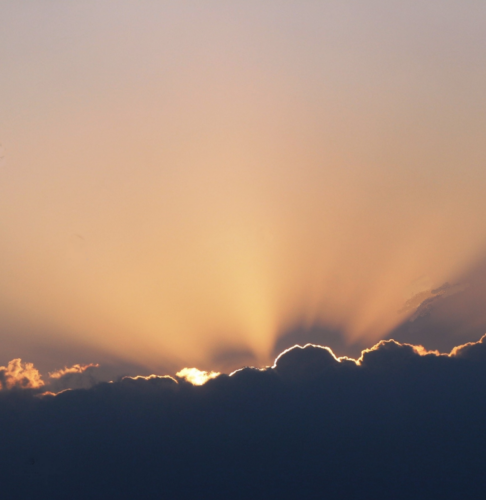
Easter 2025: The Complete Guide to the Catholic Season of Easter
Easter: Table of Contents
- Intro: Easter–What It’s All About
- Biblical Roots of Easter
- Easter Date and Calendar
- Holy Week and the Easter Triduum
- The Easter Season
- Easter Liturgies
- Easter Prayers
- Easter Wishes and Greetings
- Orthodox Easter
- Easter FAQ
What is Easter about?
On Christmas, we celebrate the Incarnation—God becoming human – with Jesus’s birth. During Lent, we recall the cross—Jesus’s crucifixion and death.
At Easter, we rejoice in the empty tomb—Jesus’s resurrection. Easter is the day Jesus rose from the dead after being crucified.
The empty tomb means that Jesus’s words rang true. He fulfilled the promises of Scripture and conquered sin and death.
Had Jesus not risen from the dead, the world would have seen Him as just a prophet or teacher instead of who he is: the Son of God, the Messiah.
Jesus overcoming death is the reason we know His name today. It’s the foundation of all Christianity. With His death and resurrection, Jesus opened heaven to all of us. Because of Easter, we know that no matter what sufferings we experience or what sins we struggle with, God is always with us.
Easter is everything.
And its significance is clear from the start in the Bible.

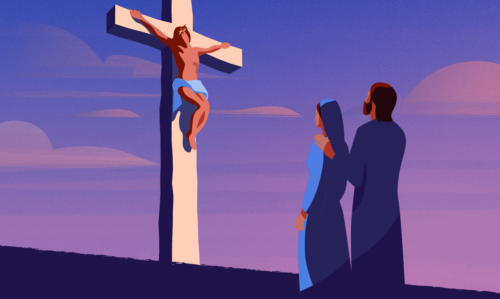


My Top 3 Gifts for Catholics This Easter
Hint: they all encourage spiritual growth!
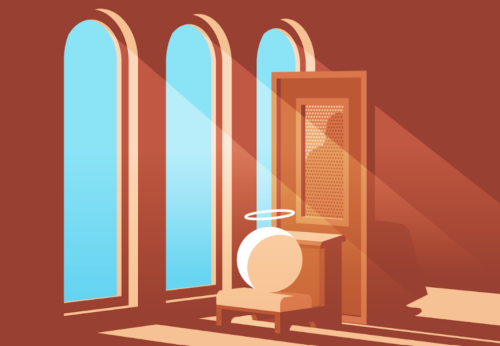
Divine Mercy Chaplet/Divine Mercy Novena: How to Pray
Pray for mercy with the prayer Jesus gave St. Faustina in 1935.
The Biblical Roots of Easter
Each of the Gospels has an account of Jesus’s resurrection–the world-changing miracle at the heart of Easter.
John’s version depicts Mary beckoning Simon Peter and the other disciples to inspect the tomb after she saw that the stone had be rolled away:
Early on the first day of the week, while it was still dark, Mary Magdalene went to the tomb and saw that the stone had been removed from the entrance. So she came running to Simon Peter and the other disciple, the one Jesus loved, and said, “They have taken the Lord out of the tomb, and we don’t know where they have put him!” So Peter and the other disciple started for the tomb. 4 Both were running, but the other disciple outran Peter and reached the tomb first. He bent over and looked in at the strips of linen lying there but did not go in. Then Simon Peter came along behind him and went straight into the tomb. He saw the strips of linen lying there, as well as the cloth that had been wrapped around Jesus’ head. The cloth was still lying in its place, separate from the linen. Finally the other disciple, who had reached the tomb first, also went inside. He saw and believed.
John 20 1-8
Matthew’s account of the empty tomb includes mention of a violent earthquake and angels descending down to earth:
After the sabbath, as the first day of the week was dawning, Mary Magdalene and the other Mary came to see the tomb. And behold, there was a great earthquake; for an angel of the Lord descended from heaven, approached, rolled back the stone, and sat upon it. His appearance was like lightning and his clothing was white as snow. The guards were shaken with fear of him and became like dead men. Then the angel said to the women in reply, “Do not be afraid! I know that you are seeking Jesus the crucified. He is not here, for he has been raised just as he said. Come and see the place where he lay. Then go quickly and tell his disciples, ‘He has been raised from the dead, and he is going before you to Galilee; there you will see him.’ Behold, I have told you.” Then they went away quickly from the tomb, fearful yet overjoyed, and ran to announce this to his disciples. And behold, Jesus met them on their way and greeted them. They approached, embraced his feet, and did him homage. Then Jesus said to them, “Do not be afraid. Go tell my brothers to go to Galilee, and there they will see me.”
Matthew 28: 1-10
Paul discussed the Resurrection, and its importance, at length in his first letter to the Corinthians:
But Christ has indeed been raised from the dead, the firstfruits of those who have fallen asleep. For since death came through a man, the resurrection of the dead comes also through a man. For as in Adam all die, so in Christ all will be made alive. But each in turn: Christ, the firstfruits; then, when he comes, those who belong to him. Then the end will come, when he hands over the kingdom to God the Father after he has destroyed all dominion, authority and power. For he must reign until he has put all his enemies under his feet. The last enemy to be destroyed is death. For he “has put everything under his feet.” Now when it says that “everything” has been put under him, it is clear that this does not include God himself, who put everything under Christ. When he has done this, then the Son himself will be made subject to him who put everything under him, so that God may be all in all.
I Corinthians 15: 20-28
How is the date of Easter determined? Why is Easter on different dates?
Paul writes explicitly about Jesus overcoming death and what it means for all of humanity.
But he didn’t exactly send out calendar invites for the annual celebration of Easter!
For Roman Catholics and other Western branches of Christianity, the tradition of celebrating Easter on the first Sunday following the first full moon of spring dates back to the Council of Nicaea in 325.
Unlike holidays like Christmas (December 25) that are fixed on the calendar, Easter is what’s known as a floating holiday. The actual date we celebrate Easter changes year to year.
Since so many celebrations and observances revolve around the date of Easter and celebrations were not as ubiquitous as they are now, the early church found it important to announce the date of Easter.
This practice, known as the Epiphany proclamation, still takes place today.
In 2025, Easter will take place on April 20.
Holy Week and The Easter Triduum
Easter represents the culmination of Holy Week, which begins on Palm Sunday–the first time we hear the Passion reading.
Holy Week includes the Easter Triduum, which starts the evening of Holy Thursday with the Mass of the Lord’s Supper, includes Good Friday and ends with the Easter Vigil. The series of liturgical services spanning from Thursday to Saturday is both unique and rich. Each liturgy includes hymns, vestments, prayers and other details that occur just once a year in the liturgical calendar.
Easter Sunday Mass, as celebratory as it is, more closely resembles Mass in ordinary time.
Attending the Easter Vigil on Saturday satisfies the Sunday obligation to attend Mass.
The Easter Season
You won’t find Easter candy or decorations for sale at the supermarket much past Easter Sunday.
While the secular world moves on from bunnies and chocolate, the Church continues to celebrate Easter long after the final ham leftovers are eaten.
The Easter season is the second-longest liturgical season. Only ordinary time is longer.
The Church celebrates the Easter season (also known as “Eastertide”) for 50 days, culminating with the feast of Pentecost, where Scripture (Acts 2:1–31) tells us that the Holy Spirit descended on the Apostles.
Divine Mercy Sunday and the Ascension, a holy day of obligation, take place during the Easter season.
Easter Liturgies
In addition to bright colors and spiffy outfits among the congregation, Easter liturgies feature some noticeable changes from those that take place during ordinary time. The color of the priest’s vestments is white (or gold), a break from the purple worn during Lent.
The most noticeable changes include the return of singing both the Gloria and Alleluia (before the Gospel), both of which are not part of Lenten liturgies.
The Sprinkling Rite is another change. The presider sprinkles holy water throughout the congregation, often using a small stick-like item known as an aspergillum. This replaces the Act of Penitence during the Mass and reminds us of our baptismal vows.
Finally, worshippers may notice a small change in the language used during the prayers of the faithful. Sometimes, prayers will use “We pray to the risen Lord” as a nod to the Easter season.
In general, prayers during Easter are especially celebratory.
Easter Prayers
In joyous times, it’s important to remain close to God, giving Him thanks for all the ways He blesses us.
Therefore finding time for prayer during any moment of celebration is important.
When the celebration is Easter, this is especially true.
You can offer Easter prayers during Easter day and throughout Easter season. Consider reflecting on the miracle of Easter and other radiant miracles that have occurred throughout the Church’s history.
Browse our full list of Easter Prayers for 2025.
Easter Wishes: How to Wish Someone Happy Easter
Sometimes, the phone starts pinging before the Easter Bunny has even finished filling baskets.
“Happy Easter!”
Texts, calls, emails and social media posts keep our phones buzzing with friends and family sharing messages.
You may look to extend Easter greetings but not know what to say. Hallow has compiled a thorough list of Easter wishes for 2025, spanning different situations and audiences.
The most important thing to remember is that no one expects your message to be as poetic as a greeting card. The sentiment and thought is much more important than the exact wording!
SEE MORE: Happy Easter Images
Greek Orthodox Easter in 2025
Eastern Orthodox churches, such as the Greek Orthodox Church and Russian Orthodox Church, operate on a different calendar and schedule than many western branches of Christianity.
Great Lent, which precedes Easter in the Orthodox tradition, begins on Clean Monday. Lazarus Saturday takes place on the Saturday before Holy Week. The days leading up to Easter in Eastern traditions include:
- Great and Holy Wednesday (which includes Holy Unction)
- Great and Holy Thursday
- Great and Holy Friday
In 2025, Orthodox Easter will take place on April 20, the same day as Easter in Catholic and Western Christian churches.
Pope St. John Paul II was known for his ecumenical work, seeking to unite different forms of Christianity, which perhaps one day could include a universal celebration of Easter.
Easter also sometimes overlaps with the Jewish observance of Passover, which Jesus was celebrating the night before he died.
Easter FAQ
Are Easter eggs religious?
Easter eggs symbolize Christ emerging from the tomb. They have become popular items for secular celebrations around Easter, but they have religious roots. In 2014, Pope Francis sent a van filled with chocolate eggs to children at a local hospital.
Where did the Easter Bunny come from? What does it have to do with Easter?
The Easter Bunny came to the U.S. in the 1800s from German immigrants who had the tradition of “Oschter Haws.” The Easter Bunny can be a symbol of giving, and a reminder of all that Christ has given us.
Why does the Easter Bunny bring eggs?
If the Easter Bunny is a symbol of giving, and eggs are a reminder of Jesus’s resurrection, it makes sense that the Easter Bunny brings gifts of eggs.
What is the color of Easter?
Although pastel colors are popular in Easter outfits, white is the official color of Easter, and a priest’s garments will be white and gold on Easter Sunday.
How long is the Easter vigil?
The Easter vigil is the longest liturgy of the year. It begins at sundown and usually lasts at least two hours. Factors that determine exactly how long the liturgy will be include whether any catechumens will be baptized and whether certain portions of the liturgy are sung or not.
How long is Mass on Easter Sunday?
The liturgy on Easter Sunday is not too different from a normal Mass. With the sprinkling rite and a typically packed congregation (that adds time during distribution of Communion,) Easter Sunday service may run 10-15 minutes longer than a usual Sunday service.
What is the meaning of the white lily at Easter?
Don’t be surprised if you see your church decorated in beautiful white lilies on Easter morning. Lilies are mentioned in the Bible and are symbols of rebirth and purity. They are the most popular Easter flower.
Where is Easter celebrated?
Nearly all forms of Christianity across the globe celebrate Easter in some way.
Will Easter be warm this year?
We can only hope!
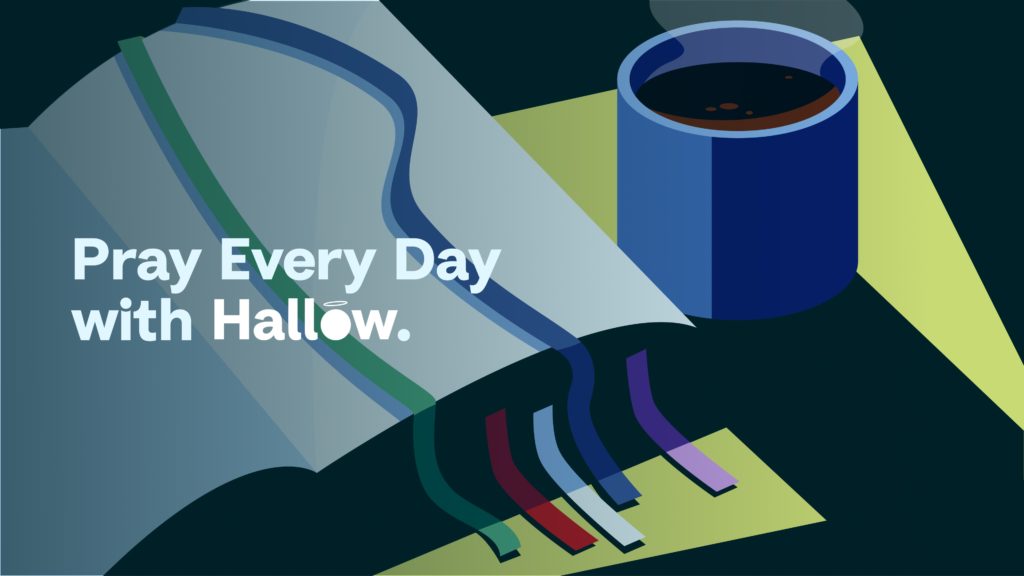
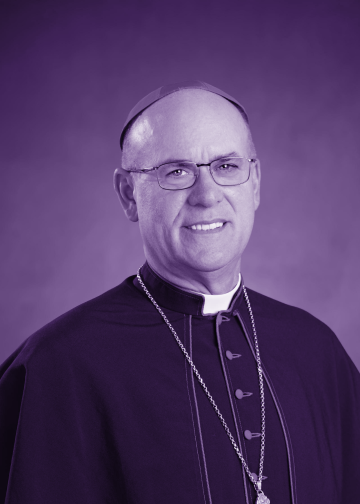
"Hallow is an excellent resource for people searching for deeper spiritual lives, especially the younger generation of Catholics today. It helps make clear that a relationship with God is and can be extremely personal and can be a great source of peace, joy, and strength."
Most Reverend Bishop Kevin C. Rhoades (Bishop of Fort Wayne-South Bend)
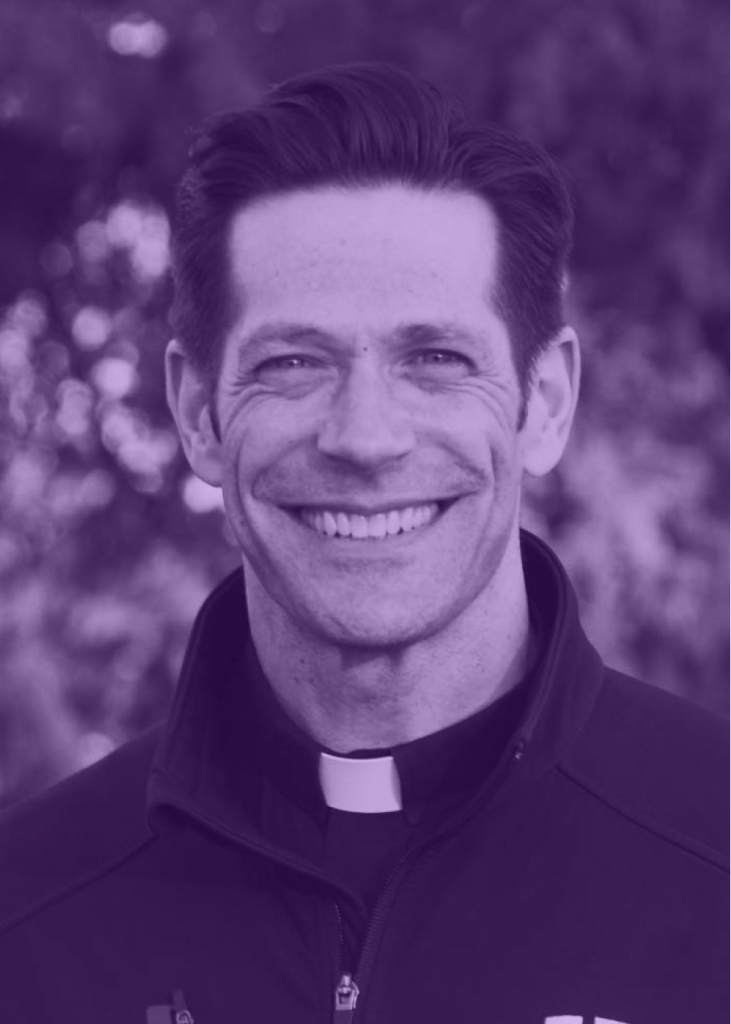
"Prayer is the best way to prepare to meet the Lord when He comes. Try the Hallow App."
Father Mike Schmitz (Director of Youth and Young Adult Ministries, Diocese of Duluth)
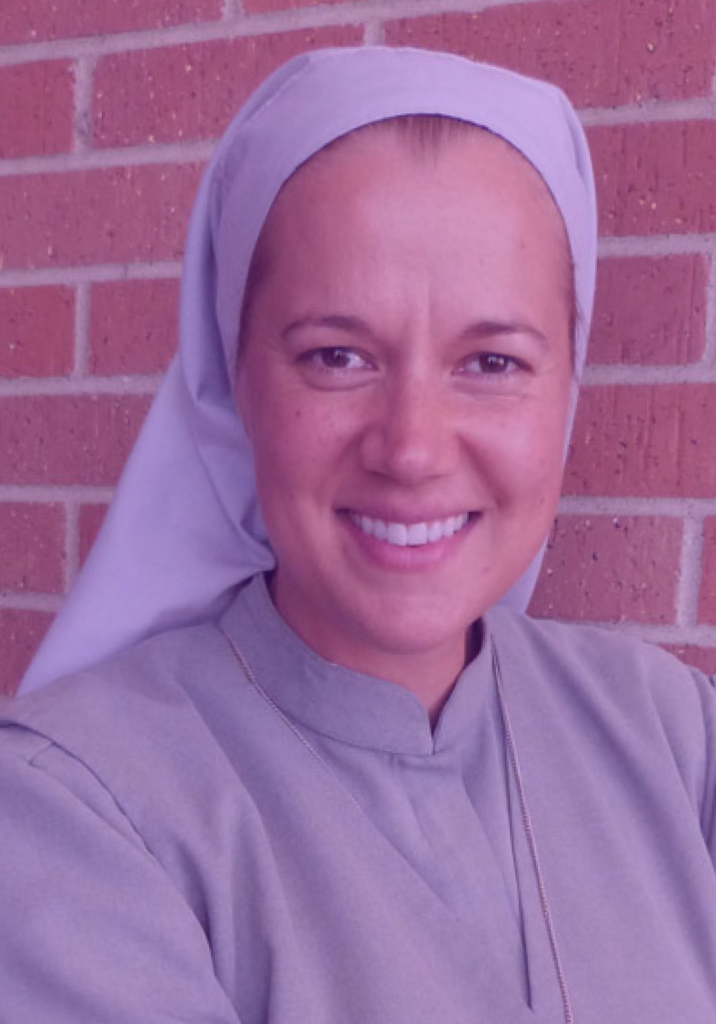
"It’s a blessing to find so many rich resources for prayer and meditation in one place. So grateful for the Hallow app!"
Sr. Miriam James Heidland, SOLT (John Paul II Healing Center Presenter & Author of 'Loved as I am')
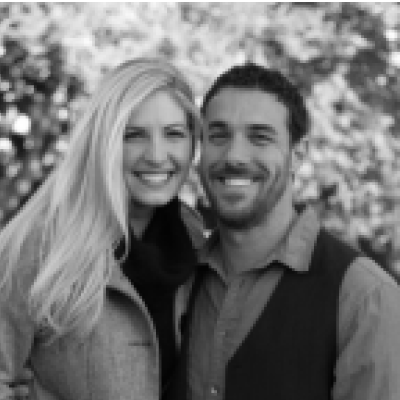
"Without prayer, we will never recognize the presence of God that nourishes the core of our being. Hallow is a vibrant new tool for helping our generation reclaim such prayer in our lives!"
Jackie & Bobby Angel (Speakers and Authors)

Download Hallow Today
